- Home
-
Private banking
-
LGT career
Often designed by famous artists, vintage posters reflect aspects of everyday life. Speaking volumes about the nature of society at their time, posters have been highly collectible from the start.

In the late nineteenth century, cities like London and Paris were grey, drab, and dirty. Then in the 1880s, colour started exploding through the streets. It took the form of posters, which sometimes ran up three storeys of a building, advertising everything from cabarets and champagne, to cigarettes and soap. Today, these marketing tools are highly collectible works of art.

At the time, they would have made a striking impression, says Angelina Lippert, Chief Curator at Poster House, founded in 2015 as the US’s first poster museum. "If you weren’t rich, you would never have seen printed colour before," she says. "So people would gather around recently unveiled posters."
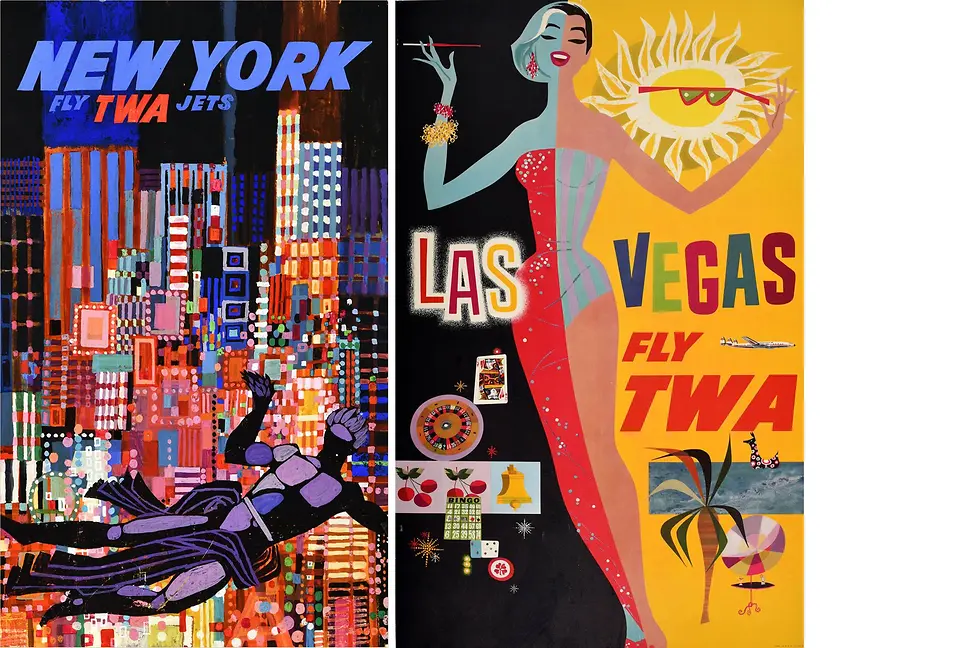
Making all this possible was graphic designer and artist Jules Chéret, who in the 1870s found a way to print colour lithography cheaply and quickly. Abandoning the traditional method, whereby a craftsman would transfer designs onto the lithography stone, Chéret worked directly on the stone. This technical innovation gave him the freedom to combine sweeping lines with crosshatching, stippling, and bold, flat areas of colour. "Suddenly you could make advertising designs that were full of colour and that married word and image," explains Lippert.
It was the "golden age of posters", known for the work of artists like Toulouse-Lautrec and Alphonse Mucha. But it also created a new art form that, by using dramatic imagery and punchy messages to present ordinary objects, has caught collectors’ imaginations ever since.

"The great thing about posters is that no matter who you are or what you do, there is a poster that speaks to you," says Nicholas Lowry, President of New York’s Swann Auction Galleries and head of their Vintage Posters Department.
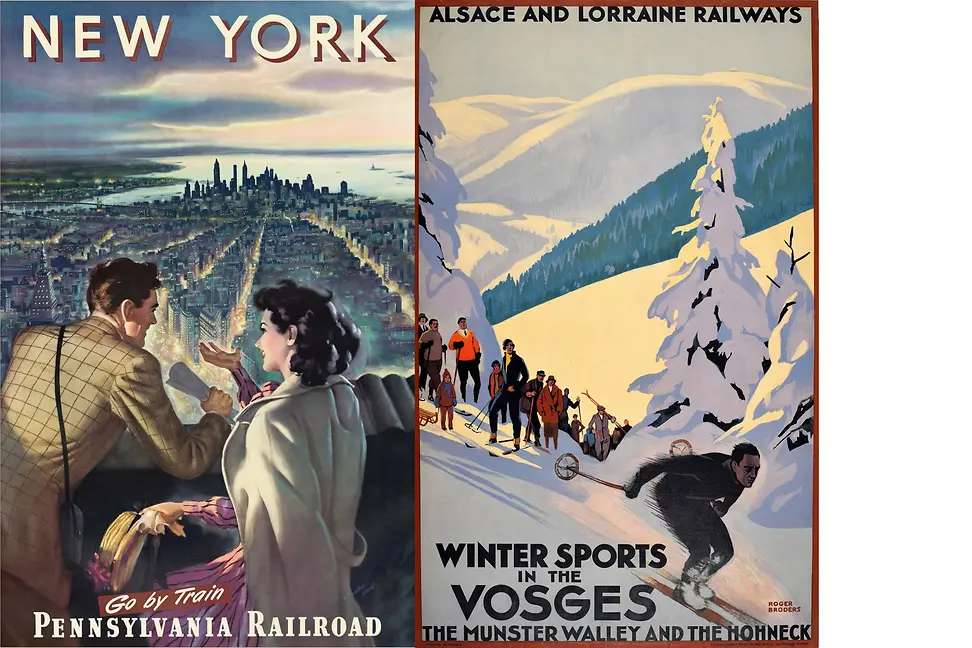
Vintage posters, now found in galleries or collectors’ homes, became desirable almost as soon as they were printed. "In the 1880s, you start seeing a massive interest," says Lippert. Early enthusiasts included Hans Sachs, a German dentist who started a collection in 1895 that became Germany’s largest, at more than 12’000 posters. And Nando Salce, a Treviso-born accountant, who began what is now the Museo Nazionale Collezione Salce in the late nineteenth century, which has over 25’000 posters, making it Italy’s most important advertising poster collection.
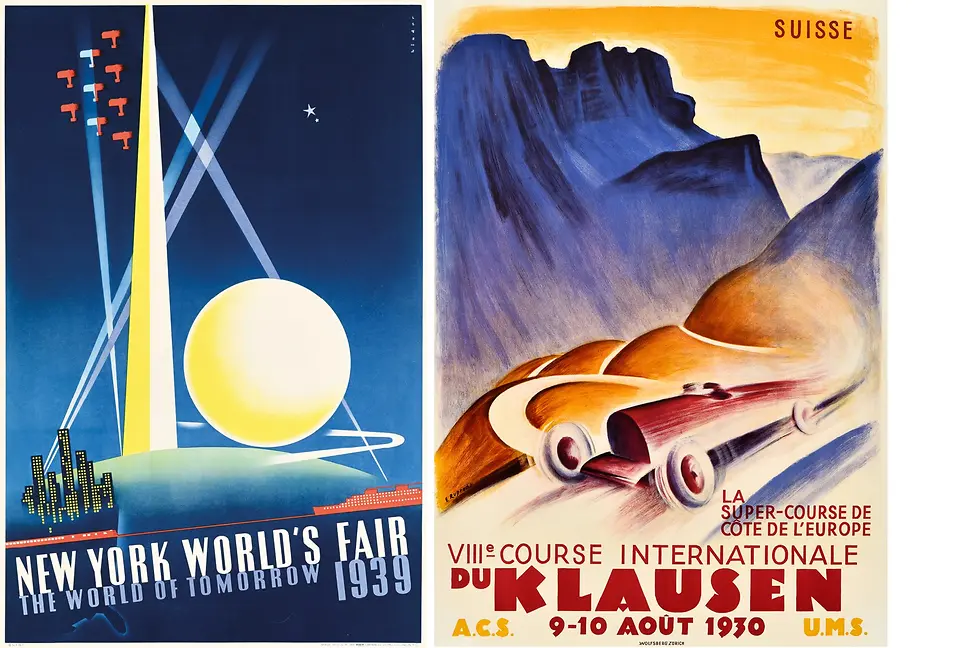
For some, a passion became a profession. This is true for Kirill Kalinin, who grew up in the former Soviet Union surrounded by Russian propaganda posters. After spending time as a collector, he founded AntikBar, a website and gallery on London’s King's Road specialising in vintage posters from around the world that cover everything from travel, sport, and cinema, to war and propaganda.
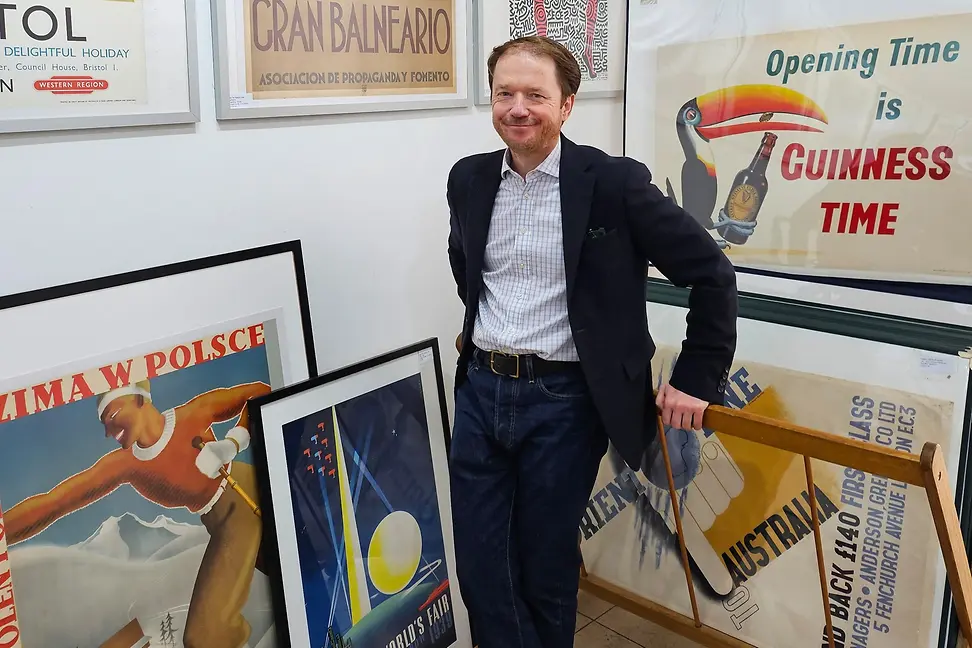
Kalinin is drawn to the powerful compositions and dazzling colours of posters, but also to what they reveal about the era in which they were created. "Each piece is very much of its time," he says. "It’s this combination of art and history, and the story behind each poster, that still really attracts me."
For London-based Bruce Marchant, who specialises in film posters, becoming a dealer also grew out of a personal passion. Marchant, founder of London’s The Reel Poster Gallery, trained as a sculptor. But in the late 1980s he started collecting posters as a hobby. "I got into dealing because I ran out of money and I had to sell a few of the things I’d bought," he jokes. "I never thought I’d be doing this more than thirty years later."
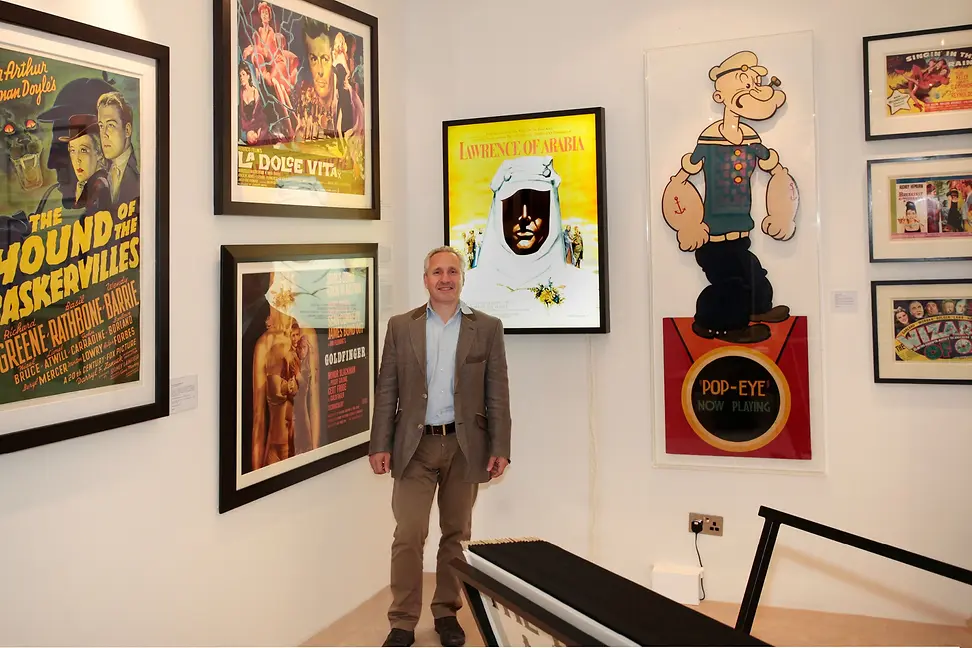
Collectors are as diverse as the posters that attract them. "People collect posters of the ships their families came to America on," says Lowry. "They collect posters from where they went on honeymoon, or based on hobbies like golf, tennis, or auto racing."
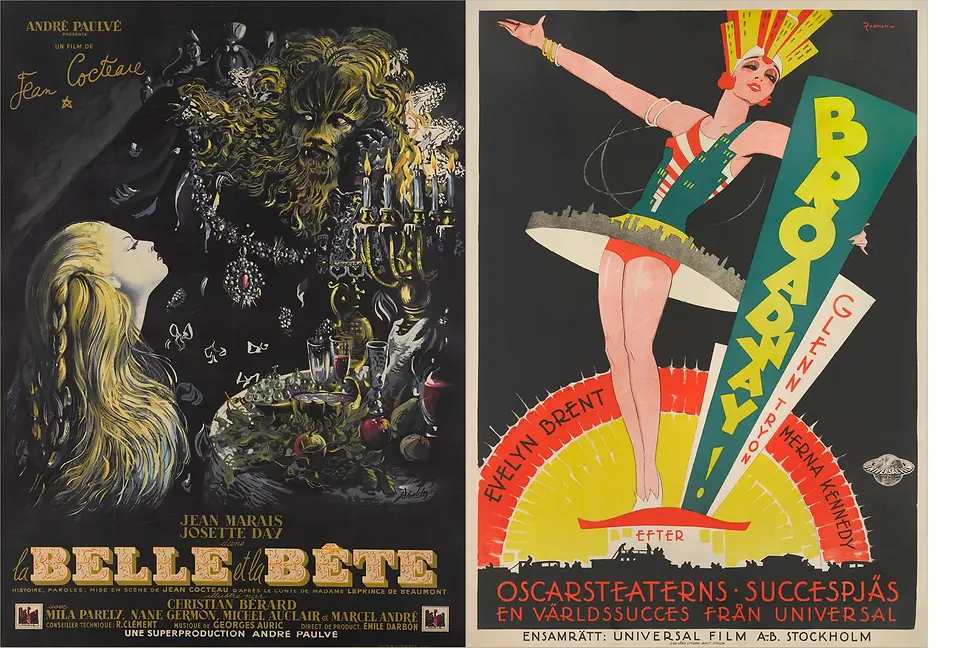
Film posters command especially high pricesWhen it comes to film posters, the options are even more varied, since at one time each country where a film was released commissioned their own local artist to design the poster. "It only became uniform in the eighties when they started using more photography," explains Marchant. "But back in the thirties and forties, you had incredible artists designing film posters - English, French, German, Spanish, Japanese, Italian - all for the same film, all with different artwork."

And countries’ poster art has shone at different moments. "The Japanese graphics from the sixties were amazing," says Marchant. "They had a real flair for typography and design."
The global nature of film posters, their dynamic artwork, and interest in the films themselves, mean that movie posters achieve some of the market’s highest prices. In 2012, for example, a poster for the 1927 film "Metropolis" sold, along with other Hollywood collectibles, for USD 1.2 million.
Outside the film poster market, prices vary based on artist and rarity. "The middle of the market is between USD 5000 and USD 50 000," says Lippert, who spent a decade as a poster specialist at a New York auction house. "But there are posters for a couple of hundred dollars and ones that are hundreds of thousands of dollars."
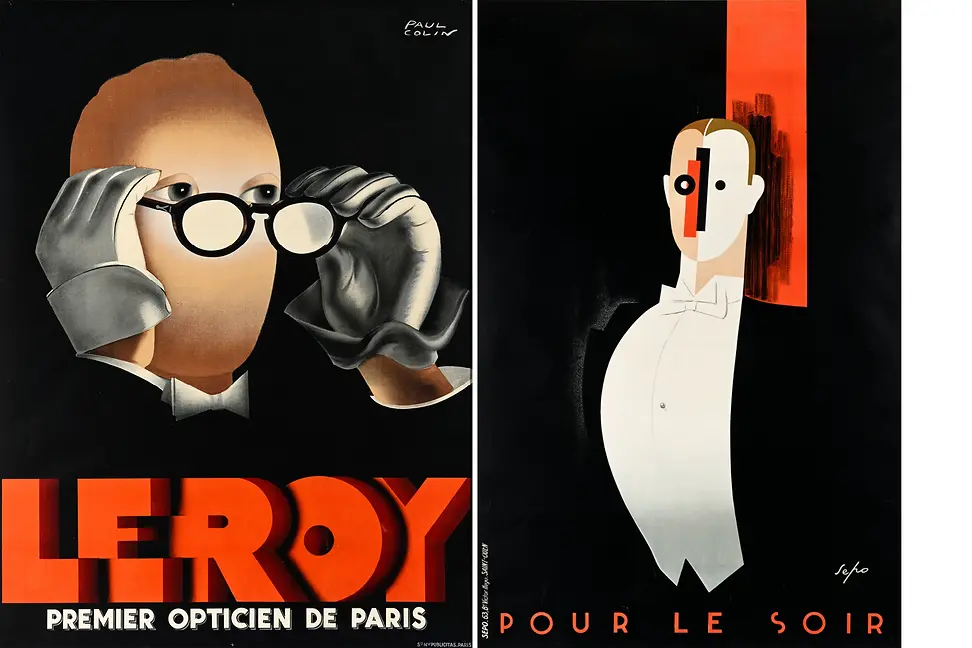
Value also depends on a poster’s condition. And views differ on whether linen-backing is the best conservation solution. Experts agree, however, that protecting posters from sunlight is critical, best done by keeping them rolled up, laying them flat in drawers, framing them using conservation UV filtration glass, or hanging them away from windows.
Experts also emphasise the importance of using respected or accredited dealers, either through word-of-mouth research, or by going to a member of the International Vintage Poster Dealers Association (IVPDA).
For those hoping to catch the wave of a rising market, identifying poster trends is a complex business. "It depends on who has the money and what their taste is at the time," says Lippert. While certain genres, periods, and subjects remain in constant demand - such as golden-age French posters and ski resort posters from the twenties and thirties - real-world trends can push up prices.

Kalinin points to India, where growing affluence is creating a new cohort of collectors. Looking ahead, he believes that space tourism could prompt demand for vintage space propaganda and film posters related to space travel.
Sometimes, a single event boosts the market. Kalinin cites the 2012 Disney acquisition of the Star Wars franchise. "Prices shot up for everything Star Wars related," he says. "Because people realised the franchise would carry on and there would be a new batch of collectors coming into this universe."
But as for so many art forms, a poster’s value is not necessarily financial. Marchant started collecting in 1986 after falling in love with a British movie poster for "The African Queen". It cost USD 600 and friends told him he was mad. He didn’t care. "Today, that poster’s worth USD 10 000," he says. "But I still have it and I still love it."
The Princes of Liechtenstein may not have collected posters, but they have been passionate art collectors for more than 400 years. During this time, they have built up one of the most important private collections in the world, containing major works of European art spanning five centuries.